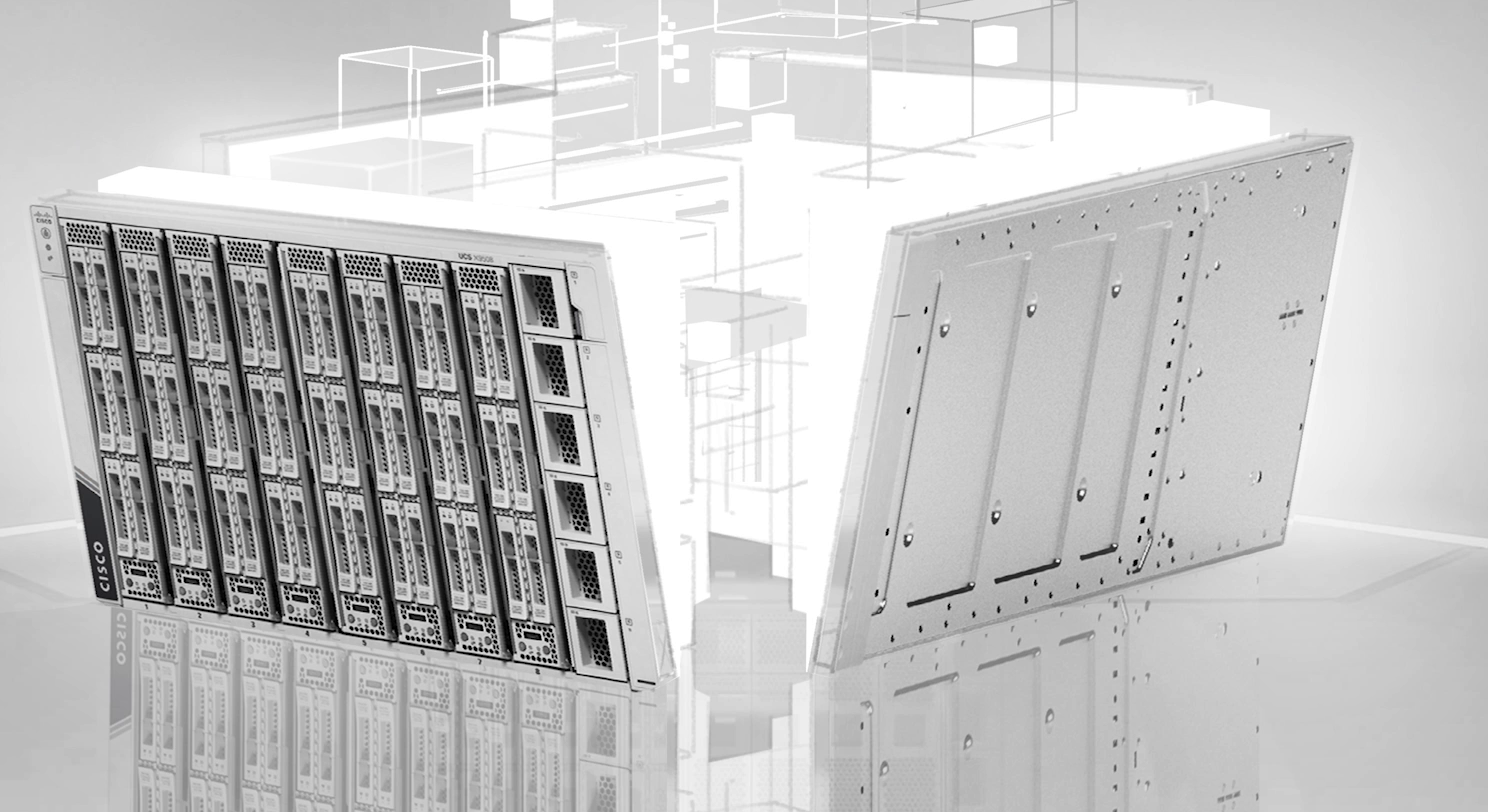- Why I recommend this OnePlus phone over the S25 Ultra - especially at this new low price
- I replaced my laptop with Microsoft's 12-inch Surface Pro for weeks - here's my buying advice now
- This palm recognition smart lock doubles as a video doorbell (and has no monthly fees)
- Samsung is giving these Galaxy phones a big One UI upgrade - here's which models qualify
- 7 MagSafe accessories that I recommend every iPhone user should have
Cisco UCS X-Series – 100G end-to-end networking

Last week, we looked at how easy it is to get great performance using default policies in Cisco Intersight. Today, we’re going to show pushing networking performance to the limit. Bandwidth intensive applications are many and varied. Imaging, big data or apps that do ETL of data, and backup / recovery are just a few examples. Not only do they need high performing storage as shown in the Oracle performance blog, but they also can benefit from a high-performance network to move the data to be processed and provide value.
Bandwidth for all your apps
Today, only Cisco UCS X-Series supports 100Gbps end-to-end in a modular server form factor. What do I mean by end-to-end bandwidth? There are three key networking components in a modular system – a server I/O adapter (VIC 15231), a chassis I/O module (IFM 100G), and the switch it connects to (6536 Fabric Interconnect). The performance of the network is bound by the component with the lowest bandwidth. If one component’s maximum bandwidth is 25Gbps then the end-to-end performance is 25Gbps. In UCS X-Series, all the networking components are 100 Gbps. Deploying a 100G solution not only makes bandwidth intensive applications perform well but gives you flexibility in how that bandwidth is used. You can carve that 100G into multiple smaller connections or support high speed storage applications as we will see next week.
Where the rubber meets the road
In the video, Technical Marketing Engineer Eldho Jacob demonstrates 200G between two servers using iPerf. 200G? I forgot to mention that the VIC 15231 is a dual port adapter, each port supporting 100G so the total aggregate bandwidth for a single server is 200G.
Why it matters
A server is only as useful as its aggregate performance of CPU, memory, storage, and networking. As you add more cores and memory, you don’t want your networking to be the bottleneck. Cisco developed a completely modular architecture to keep adapting. When X-Series first launched, we supported 25G networking. A single server with two multiport VIC adapters (four ports total) can support 100G. Now, with our 5th Gen Fabric, a server with a single multiport adapter can support 200G (100G per port). Using a single adapter provides more performance, costs less, uses less electricity, provides more flexibility, and helps future proof your environment.
Delivering a more sustainable network solution
Reducing cost and sustainability go hand in hand. Having a single adapter that supports 100G reduces the number of adapters needed to provide the required bandwidth which also reduces the number of cables needed. Fewer components impact everything from raw materials to build the devices to the transport impact of moving them through the manufacturing process to your facility. Additionally, if you can use a single adapter, the power and cooling demands of a server diminish. That requires less electricity which can reduce the CO2 footprint of the solution.
What’s next
Come back next week to read as we continue to demo and discuss VIC performance, but in a storage context.
Resources
Share:

